Engaging Brands: Always With You
In the next instalment of our Engaging Brands series, we look at how brands can become an indispensible and intuitive part of people’s lives. Read here.


In the next instalment of our Engaging Brands series, we look at how brands can become an indispensible and intuitive part of people’s lives. Read here.


In the next instalment of our Engaging Brands series, we look at how brands can become an indispensable and intuitive part of people’s lives.
In today’s always-on world, we can book a holiday on the bus to work, buy the weekly grocery shop in the park, or order a new outfit while watching TV. Consumers are without doubt in a state of constant change, with the evolution through Millennials to Gen X, then Y and now Z (those born post 2000) who are all moving toward being ‘digital natives’. How do brands grab what little attention today’s customer has and ensure they become a useful part of their life? As I heard recently, how can you edit out the bad stuff and amplify the good stuff?
Standards have been set by non-retail ‘challenger’ brands, such as Uber, Netflix, and Spotify, which offer immediate, low-effort, personalised services, using data cleverly to bring relevant results. We can learn a lot from them when it comes to understanding and satisfying today’s on-demand customer.
Roaming Retail
Retailers already know that a robust digital offer is essential, but they continue to drive this further with ever more useful and agile initiatives. For example, River Island now has a ‘click and don’t collect’ service that enable customers to re-route their store pick-ups to another delivery destination after ordering, with parcels arriving in 90 minutes.
A new start-up, Enjoy by Ron Jonson of Apple fame, is an interesting model. Initially it looks like an online retailer, but the difference is in what comes in addition: a trained and knowledgeable employee delivers the purchase (to a location of the customers choosing) at no extra cost, then spends an hour helping set it up and teaching how to use it. They are now partnering with AT&T in the US, testing the model in New York and San Francisco as a no-cost option for customers who purchase certain items from AT&T’s website.
Also bringing product direct to the customer in a unique way, the car manufacturer Volvo is testing an in-car delivery concept that leaves packages in the customer’s boot. With Volvo’s ‘Roam Delivery’ app the customer consents to having their car digitally opened for the delivery, and locked again once the delivery is complete.
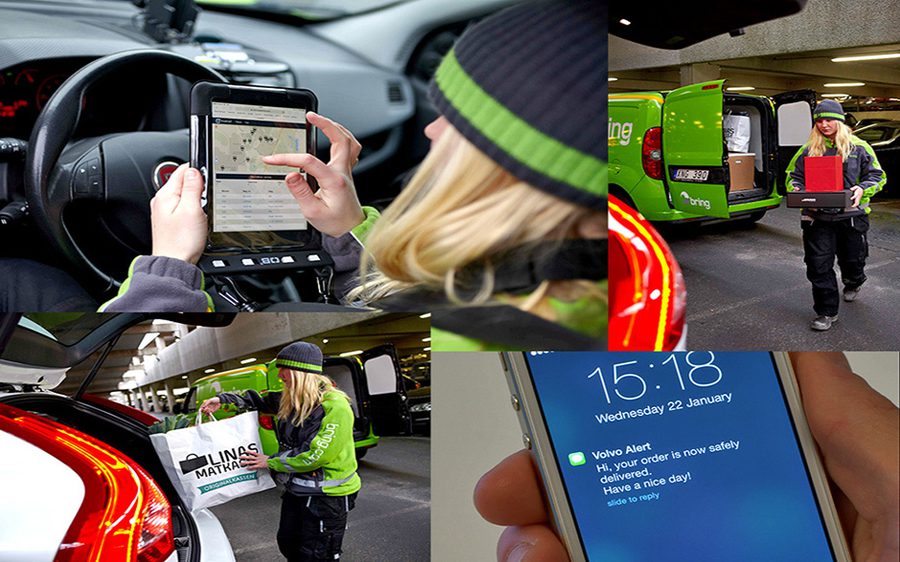
Brands are also capturing consumers beyond traditional retail ‘locations’, with formats and services in locations such as travel hubs and campuses, or even ‘on the move’. Japanese fashion retailer Uniqlo ran a pop-up in New York’s Union Square subway station selling winter jackets and offering a $5 Metro card with each purchase, while French beauty brand L’Oréal installed a beauty vending machine in New York’s Bryant Park subway station.
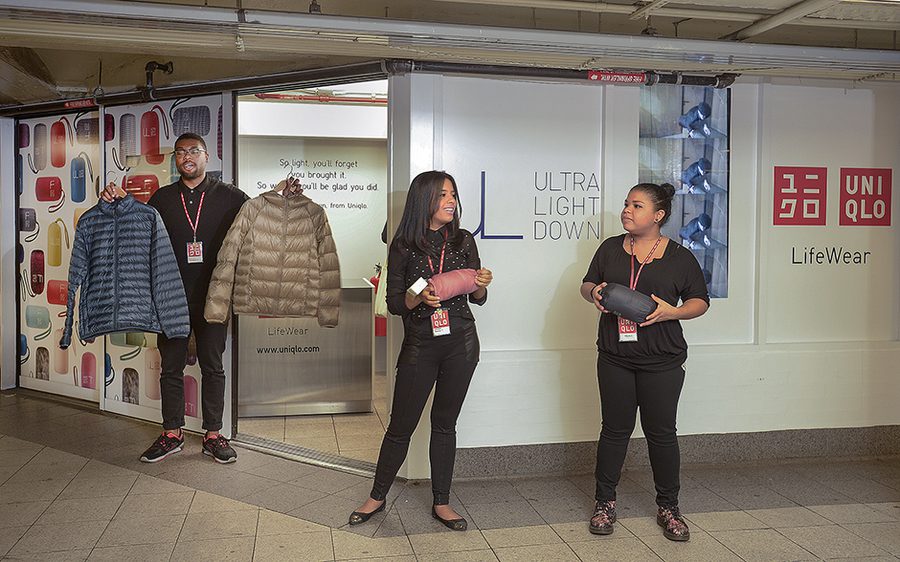
We’ve also seen this in our work with Argos, which has played with the scale and size of its stores to suit the location and customers’ requirements. Lastly, we have brands such as Warby Parker with their six-month mobile pop-up ‘Class Trip’ that brings books, glasses and ‘good vibes’ across the US.

The days of waiting at home all day for a delivery already seem dated. Whether it’s tempting the customer in new unexpected locations or offering geo-locative services for on-demand delivery, brands must offer flexible fulfilment that wraps around the lifestyles of time-pressed consumers.
Meaningful Automation
Subscription retail has rocketed in recent years, with around 14% of online customers worldwide using an automatic subscription service [source: Nielson], while two of the best-known examples, Dollar Shave Club and Birchbox, count more than 1.7 million and one million subscribers respectively [Retention Science]. Their success has even prompted established retailers like Target and Sephora to launch their own versions.

Other beauty brands such as Kiehl’s, Lancôme and YSL, have teamed up with subscription-commerce software provider OrderGroove to develop auto-replenishment services, offered at the point of purchase, in order to lock in customer loyalty. US brand Pet Flow also sells itself on auto-replenishment, letting customers save money if they opt to have repeat deliveries of their favourite pet products.
Looking ahead, the Internet of Things could usher in levels of ease and convenience through auto-replenishment, as products synched with digital calendars will automatically prompt orders when needed (e.g. a fridge restocking milk). However, for this to take off, devices must be truly smart, in other words able to detect and accommodate real-life fluctuations in routine; alongside the recognition, automation may only be the answer for certain products or services.
Tapping into concierge culture and the need for convenience, auto-replenishment can prove a smart way to lock in consumer loyalty. Consumers are seeking solutions that streamline their lives and minimise hassle so they can maximise and enjoy their down time.
Data Delivers
Thanks to big data, brands have a wealth of customer information at their fingertips. If they can interpret and utilise it effectively, the potential rewards are huge. A 2014 Infosys survey found that 78% of consumers said they’d be more likely to purchase from a retailer again if it provided offers targeted to their interests, wants or needs, while 86% said they’d be willing to pay up to 25% more for a better experience.
Under Armour has been buying fitness tracking platforms to gain access to a community of 120 million people, their workout behaviours and preferences. The data this yields will inform everything from how Under Armour merchandises product to new product design. The brand appreciates that customers expect something in exchange for their data, so there are plans for a future app to include a Siri-like personal trainer, providing expert advice tailored to the users’ personal results. “When it comes to digital health and fitness tracking, the past 10 years have been about data collection,” says founder and CEO Kevin Plank. “We’re now at a point where a shift is occurring and consumers are demanding more from this information.”
Nordstrom uses the data collected through its Fashion Rewards Program to help improve marketing and product design, as well as analysing social data generated by its followers. For instance, it tracks Pinterest to identify trending products and then uses that data to promote those products in its stores. Fellow US department stores Barneys and Macy’s are using beacon technology to track shopper journeys and share timely and relevant content with customers who opt in. These can alert a shopper when they’re walking past a dress they’ve browsed on the app, or give deals on accessories that match with items from in their purchase history.
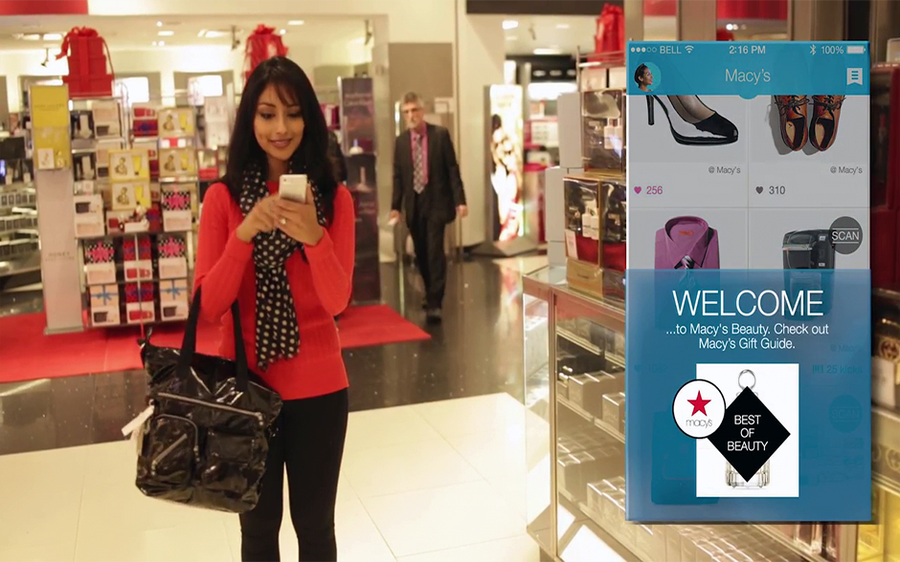
Future capabilities will likely see brands becoming better equipped to follow consumers over longer periods across channels and retail destinations, in turn enabling shoppers to take, store and cross-reference information.
We’re seeing brands using customer behaviour and interactions to merchandise more relevantly and even to hone product development. Aim for long-term engagement through mutually rewarding exchanges rather than quick-fix connections, and build on opportunities to make the multi-platform journey as fluid and synchronised as possible.
Continuing Relevance
Brands can ensure they remain a relevant part of a product lifespan through the services they provide. US brand Patagonia guarantees its products for life and offers repairs for normal wear and tear, as well as clothes swapping or recycling initiatives. It also invites customers to share stories of their favourite old items on its blog, making garments a gateway to more meaningful, lasting conversations.
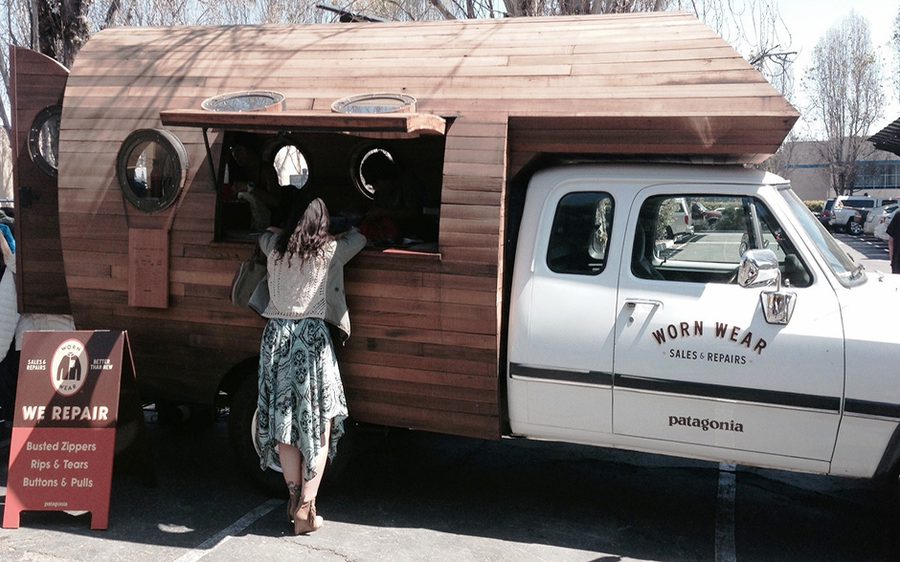
Through our work on O2’s new concept, we’ve helped the telecoms brand reposition its stores as a source of local entertainment info, educational workshops and workspaces, so much more than a shop where you go to renew a phone contract or discuss a problem.
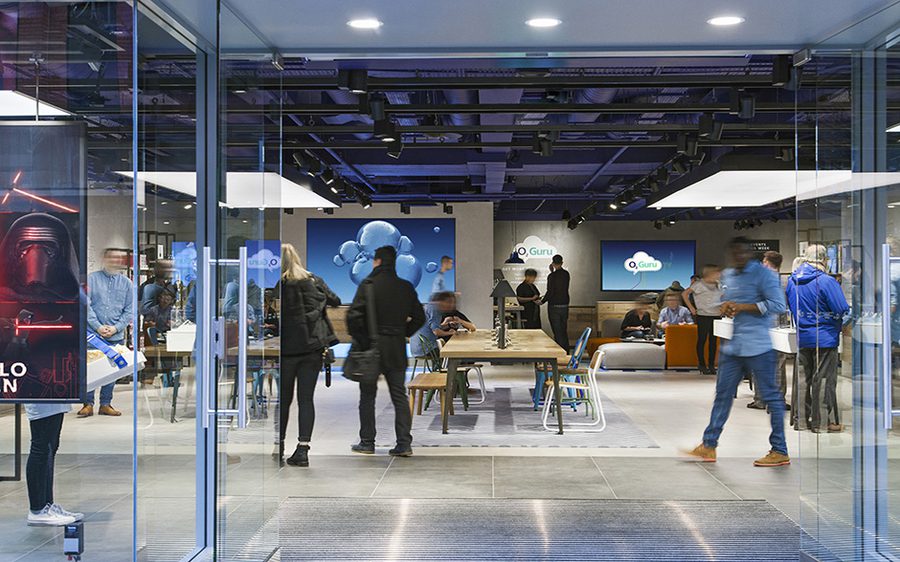
Similarly, our Mamas & Papas concept aims to inspire and support young families, through superior service, interactivity and community. A raft of engaging digital tools are implemented throughout the store to help demystify choices for parents-to-be, while thoughtful touches anticipate the needs of new or expectant parents; comfortable seating areas, private changing and feeding rooms, a dedicated personal shopping area and curated product bundles, aptly named ‘bundles of joy’. The store’s flexible environment can also accommodate events to gather the parenting community.

Another strategy is to become a trusted information source via a branded editorial or multi-media platform, again extending relevance and influence far beyond shopping. Louis Vuitton publishes its City Guides, currently covering 25 cities; each features a guest contributor sharing their personal experiences and tips for the city. Heineken followed the same path with the launch of US city guides for Miami, New York, Los Angeles, Chicago and Boston.

Smart collaborations are another way for brands to become ever present in people’s down time. Online retailer Net-A-Porter has partnered with Manhattan boutique hotel WestHouse to provide guests with bespoke shopping services. Guests can shop online via a tablet in their room, accessing the e-commerce site with a single tap, or get personal shopping assistance via the dedicated phone line connecting the hotel’s guest rooms to the retailer.
US sportswear brand New Balance partnered with The Westin Copley Place Hotel in Boston to offer hotel guests the opportunity to trial its sports kit in the hotel gym for a small hire fee.
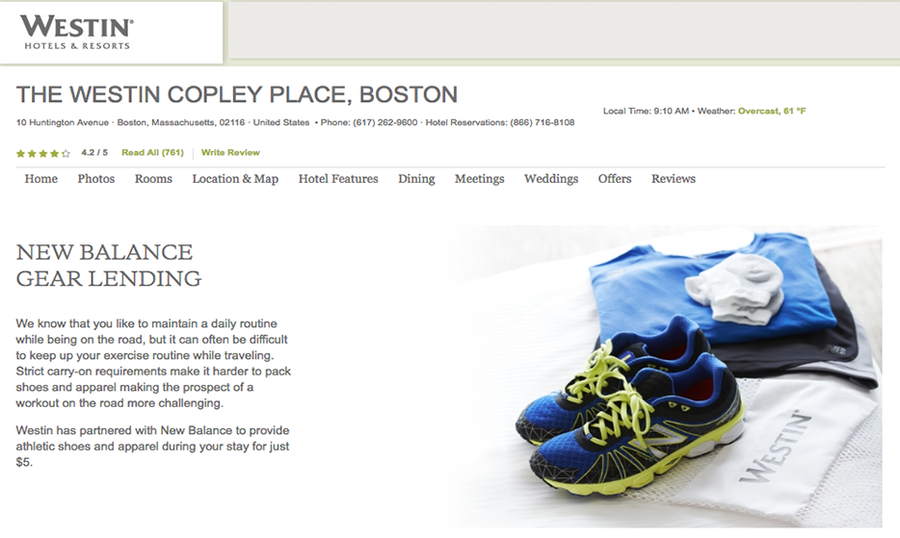
A transaction shouldn’t be viewed as the end point in the customer-brand relationship. Extend your reach by diversifying what you offer – become a publisher, repairer or trusted partner in the quest to remain relevant and engaging for today’s customer.
Introduction: What Makes an Engaging Brand?
New Transactions
The Human Touch
Time Well Spent
Always with You
Brands Behaving Differently
If you’d like to discuss these themes further, please do get in touch.